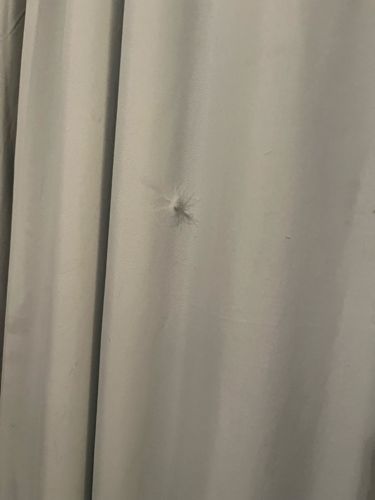Spider Mite
Scientific Name: Tetranychus spp. (e.g., Tetranychus urticae, Two-spotted spider mite)
Order & Family: Acari, Tetranychidae
Size: Typically 0.2 to 0.5 mm (0.008 to 0.02 inches) long.

Natural Habitat
Spider mites are found globally and thrive in warm, dry conditions, making them common in greenhouses, indoor plants, and outdoor gardens during dry spells. They prefer the undersides of leaves where they are protected from predators and harsh environmental conditions.
Diet & Feeding
Spider mites are plant sap feeders. They use their stylet-like mouthparts to pierce plant cells and suck out the chlorophyll, leading to characteristic stippling or bronzing of leaves. They feed on a wide variety of plants, including ornamental plants, vegetables, fruits, and field crops.
Behavior Patterns
Spider mites are known for their ability to produce fine silk webbing, especially when infestations are severe. They reproduce quickly, and their populations can explode under favorable conditions. They are most active in warm, dry weather. They typically live on the undersides of leaves, making them difficult to spot until damage is significant.
Risks & Benefits
Spider mites are primarily considered pests in agriculture and horticulture due to the significant damage they can inflict on plants. Heavy infestations can lead to defoliation, stunted growth, reduced yields, and even plant death. They do not pose a direct risk to humans or animals through bites or stings. Benefits are minimal, though they are part of the food chain for certain predatory insects and mites.
Identified on: 8/9/2025